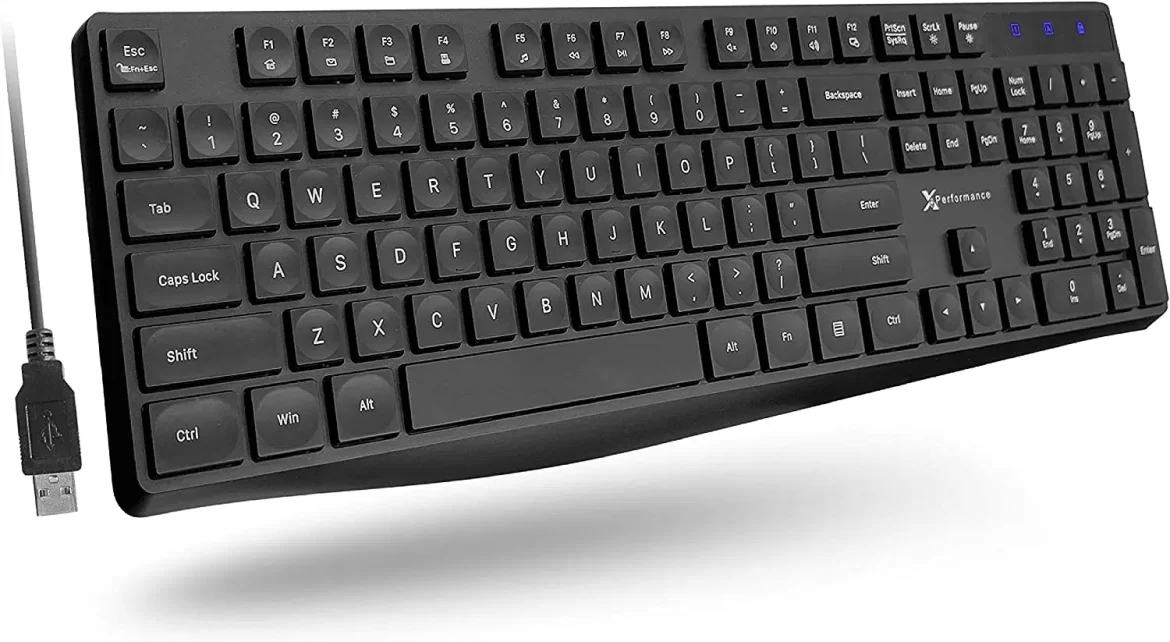In a computer keyboard, there are different types of keys. They represent letters, numbers and special symbols.
There are also function keys from F1 to F12, each with a specific job to perform. There are also arrow keys and other navigation keys that allow you to move the cursor on your screen.
Alphabet Keys
There are many different keys on a computer keyboard. They range from the standard letters (A, B, C, D, E, F) to punctuation symbols and more.
Most of these keys are arranged alphabetically, meaning that they are grouped by letter and function. This makes it easier for a person to find a key when they are typing.
It also helps a person learn the keyboard more quickly. Once a person knows the keyboard is arranged alphabetically, they can start learning where to locate their letters.
This arrangement is also used on a number of other keyboard layouts. For example, the Icelandic keyboard layout uses a similar arrangement to the QWERTY layout, but the letter Z is moved to the left of T instead of between the T and U.
Another keyboard layout that uses a similar layout to the QWERTY layout is the US-International layout. It is useful for typing most major Western European languages, but some less common ones may not work correctly on the layout because of extra diacritics or precomposed characters.
Numeric Keys
Numeric Keys are a special group of keys on a computer keyboard that contain numbers and symbols for mathematical equations. They can be used to enter large amounts of data quickly and accurately, especially if you work in an engineering, accounting, or spreadsheet-based profession.
Some of these numeric keys also serve as cursor control keys, allowing you to move the cursor to a specific location within a document. These are typically located to the right of the QWERTY keyboard.
Many computers and laptops have a numeric keypad, which can be used to enter large amounts of numerical data. The numeric keypad arranges the numerals 0 through 9 and a decimal point as they would appear on an adding machine, and can be used for entering a variety of arithmetic operations.
Some keyboards include a Num Lock key that allows you to toggle between numeric and cursor control mode, which is indicated by a light on the panel above the numeric keypad. Num Lock mode is activated by pressing the key once and is often disabled by default.
Punctuation Keys
Punctuation keys on a computer keyboard allow you to add various punctuation marks such as period, colon, question mark, comma and exclamation point. They are located to the right of the letters and numbers, and can be accessed by pressing the’shift’ key while holding down the appropriate punctuation key.
These keys can also be used to type different special symbols, such as the grid, dollar sign and line for underscore. They work with most desktop computers in word processing and e-mail.
They are also used to form signs and symbols in web browsers like Microsoft Edge, Chrome and Firefox. To access these symbols, you can use a tool called Symbol Table, a free utility that is included with most Windows operating systems.
Some keyboard layouts have a dead key that modifies the character produced by striking another key immediately after, making it possible to type a letter with a specific diacritic such as a grave accent (). A dead key is a modifier key that has no other function and is usually pressed and released before the next key is struck.
Function Keys
Function Keys, also known as F keys, are located on the top row of your computer keyboard. These keys perform various functions that make your computer work easier.
These keys act as shortcuts and can be used to do a lot of things that can save you a lot of time. For example, pressing F1 opens the help center in almost every program.
Similarly, F2 renames a folder or file. It can be very convenient to use because you don’t have to go to the file explorer and then click on rename option.
On some computers, the F keys are also used for specific device-specific features like volume and screen brightness. These features are usually labeled on the device or can be changed by the user.









